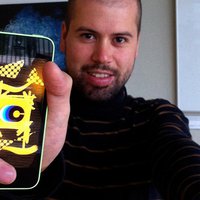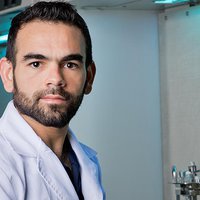Biotechnology & medicine
Kay Tye
Identifying how the connections between regions of the brain contribute to anxiety.
Photo courtesy of Najat Kessler

Latin America
Juan Leonardo Martinez
He has created an app to quickly and accurately read the result of colorimetric analysis

Global
Jonathan Viventi
A high-resolution interface reveals the brain storms of people suffering seizures.

Latin America
Daniel Alberto Jacobo Velázquez
He has developed an alternative to GM systems to convert vegetable waste in bioactive compound factories

Global
Manu Prakash
Imaginative inventions liberate science from the ivory tower.
